The Renaissance of French Elegance in American Homes: Why Parisian Style Is the New Classic
There’s a quiet design revolution underway in American homes, and it has everything to do with the allure of French elegance. Once considered aspirational and distant, the Parisian aesthetic is now becoming a fixture in homes from New York to Santa Barbara. It’s not about mimicking the grand châteaux of the Loire Valley. Instead, it’s about capturing the understated refinement and rich cultural texture of life in France.
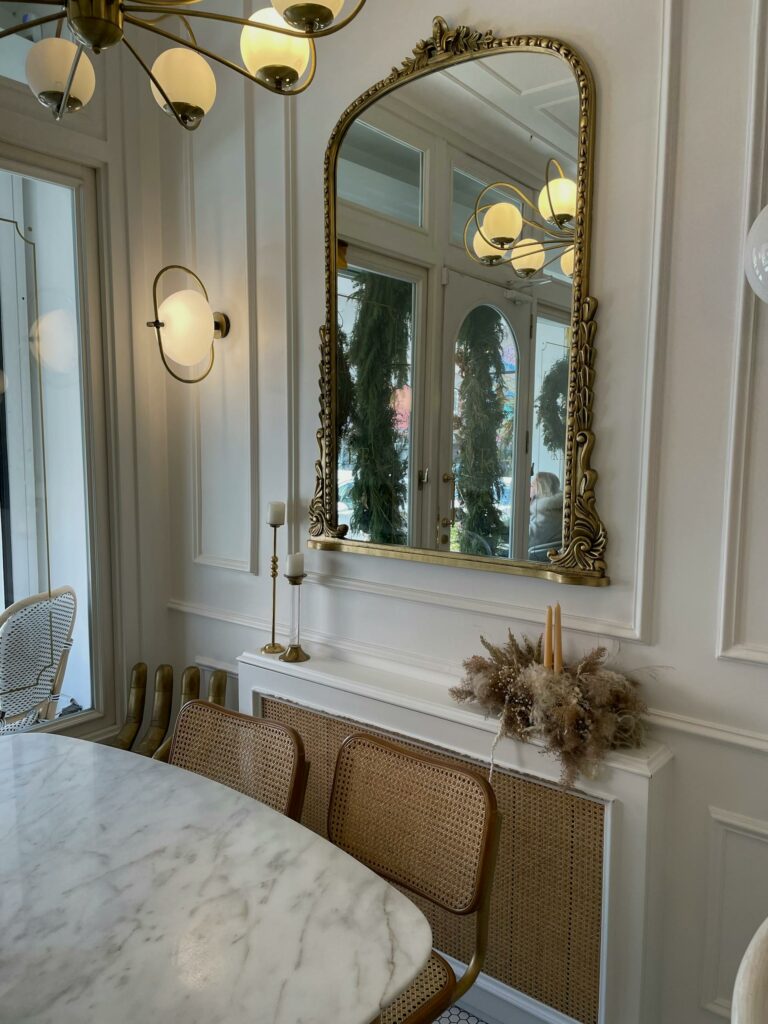
“My clients want a story in their homes,” says Delphine Marchand, a Parisian interior designer based in Santa Monica. “They don’t want sterile minimalism anymore. They want lived-in beauty, subtle references to heritage, and spaces that feel collected over time.”
For over a decade, American interiors leaned heavily into minimalism: all-white kitchens, cold greys, and industrial elements dominated. But as society re-evaluates what it means to live well post-pandemic, many are turning toward warmth, texture, and meaningful design. The French philosophy of l’art de vivre — the art of living — is finding new fans across the U.S. It embodies a lifestyle rooted in balance, charm, and a layered approach to interiors. The aesthetic isn’t about perfection; it’s about cultivating beauty and soul.
Claire Baldwin, an art consultant in New York, puts it simply: “French homes are elegant without trying. There’s something deeply human about that.”
The Appeal of Imperfection and Heritage
What defines this renewed fascination with French interior style is a subtle interplay between refinement and imperfection. American homeowners are now seeking interiors that express a sense of heritage. Even in newly constructed homes, decorative molding, arched doorways, and antique chandeliers are becoming essential elements. The idea is to create spaces that reflect personality rather than a uniform Pinterest board. And increasingly, they are looking to the French for cues.
Antiques are experiencing a renaissance. In the past, homeowners might have hesitated to incorporate pieces that bore the marks of time. Now, these imperfections are precisely what make them so coveted. A gilded mirror with fading silver leaf, a 19th-century portrait with a slight crackle in the paint—these are details that speak of memory and provenance. Marchand emphasizes that the goal is not to recreate a museum, but rather to evoke warmth through texture and story.
Color palettes are equally telling. Where American trends once leaned toward stark whites and high contrast, the French prefer chalky creams, soft greys, and muted earth tones. These colors offer a gentle backdrop for more expressive pieces: an abstract painting, a vintage velvet chair, a handmade ceramic bowl. There is always an awareness of restraint.
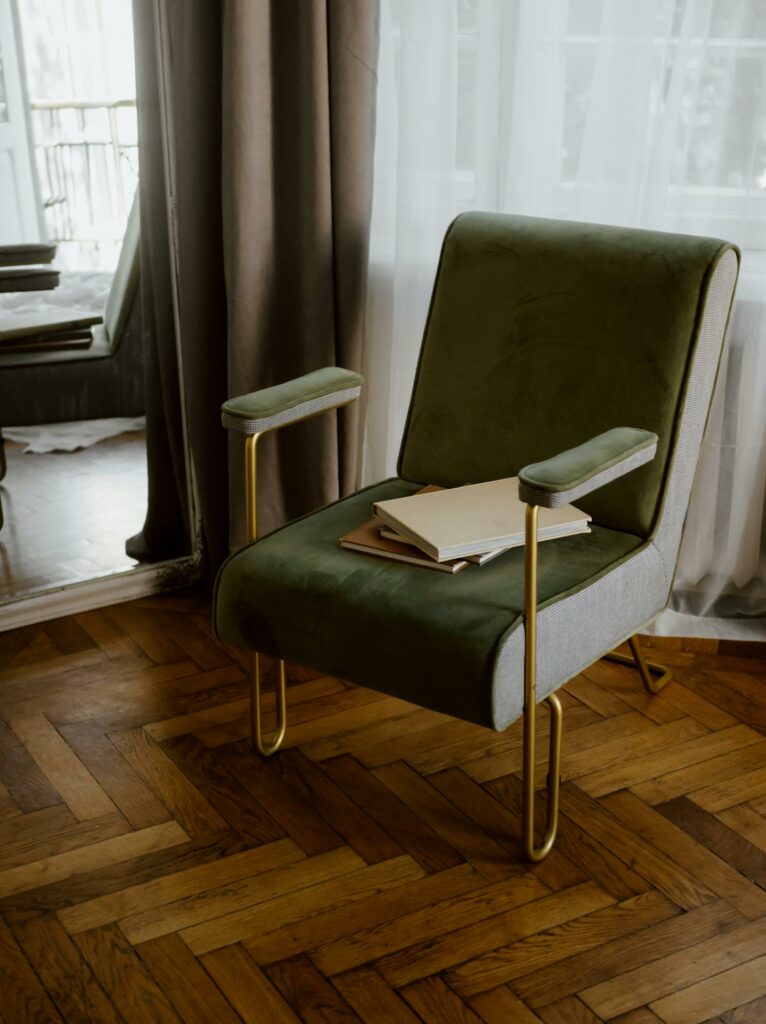
Lighting, too, becomes an emotional anchor. French homes tend to favor ambient, layered lighting—sconces, shaded lamps, and chandeliers dimmed just enough to create atmosphere. “Lighting in Paris is like perfume,” says Marchand. “It should feel personal, invisible, and irreplaceable.”
What also sets French-style interiors apart is their commitment to sustainability and a slower pace of living. Rather than chase new trends each season, many French-inspired decorators encourage buying less and choosing wisely. This means investing in pieces with character and craftsmanship. Reupholstering a vintage Bergère armchair, reviving an old parquet floor, or sourcing handmade tableware from an artisan in Provence feels more in step with a new, more mindful way of living.
“People are beginning to understand that luxury doesn’t mean brand-new,” notes Giselle Moreau, a Chicago-based decorator who trained in Lyon. “It means timeless. It means meaningful.”
Shops across the U.S. are rising to meet this appetite. Boutiques like Elsie Green in California, which sources antique furniture and homewares directly from France, have found a loyal clientele. Astier de Villatte, with locations in Paris and New York, offers handcrafted ceramics that feel more like heirlooms than household items. Online destinations such as Maison de France and French Garden House are bridging the Atlantic with curated selections of linens, silver, and objets d’art.
This renaissance of French elegance in America isn’t simply an aesthetic trend. It reflects a cultural shift—a deeper yearning for connection, heritage, and authenticity in how we live. In French homes, a stack of books by the bedside, a linen napkin soft from years of use, or a fading oil painting are signs of a life well lived. These are the details American homeowners are now embracing. The home is no longer a showroom; it is an evolving story.
Delphine Marchand puts it best: “When I enter someone’s home and see patina, books, and a bit of chaos, I know I’m in the presence of true elegance. That is what people want now—not perfection, but presence.”
Header Photo Credit: Polina https://www.pexels.com/photo/brown-wooden-chair-beside-white-table-5644702/




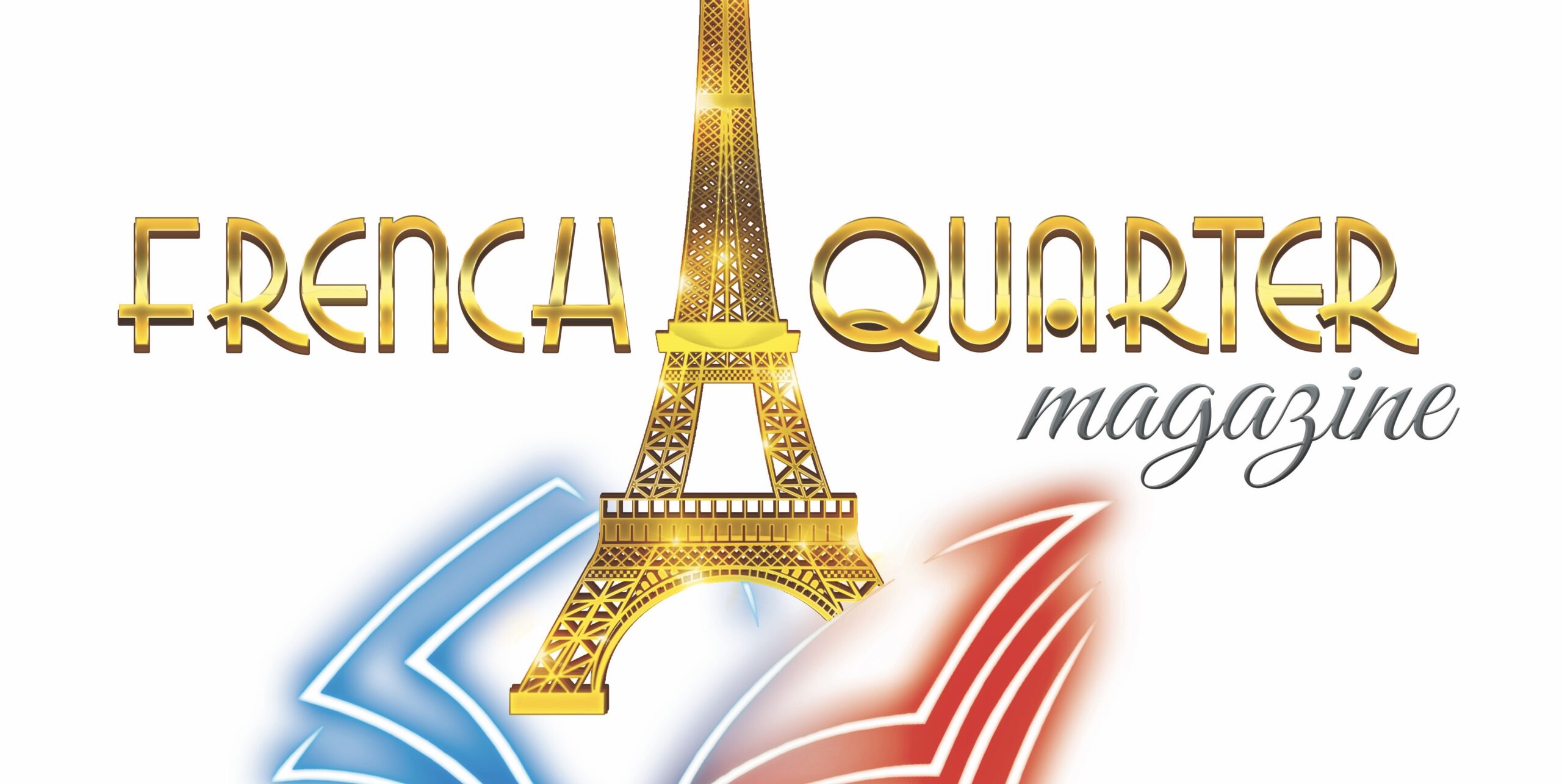

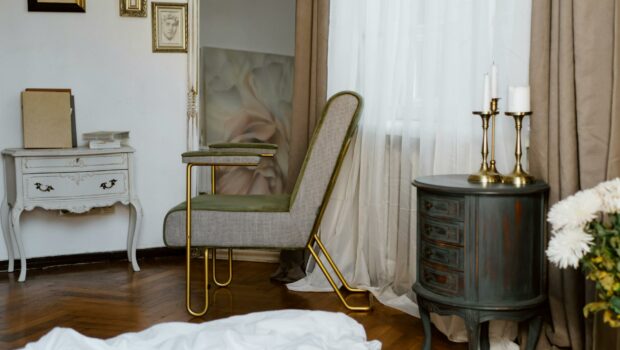
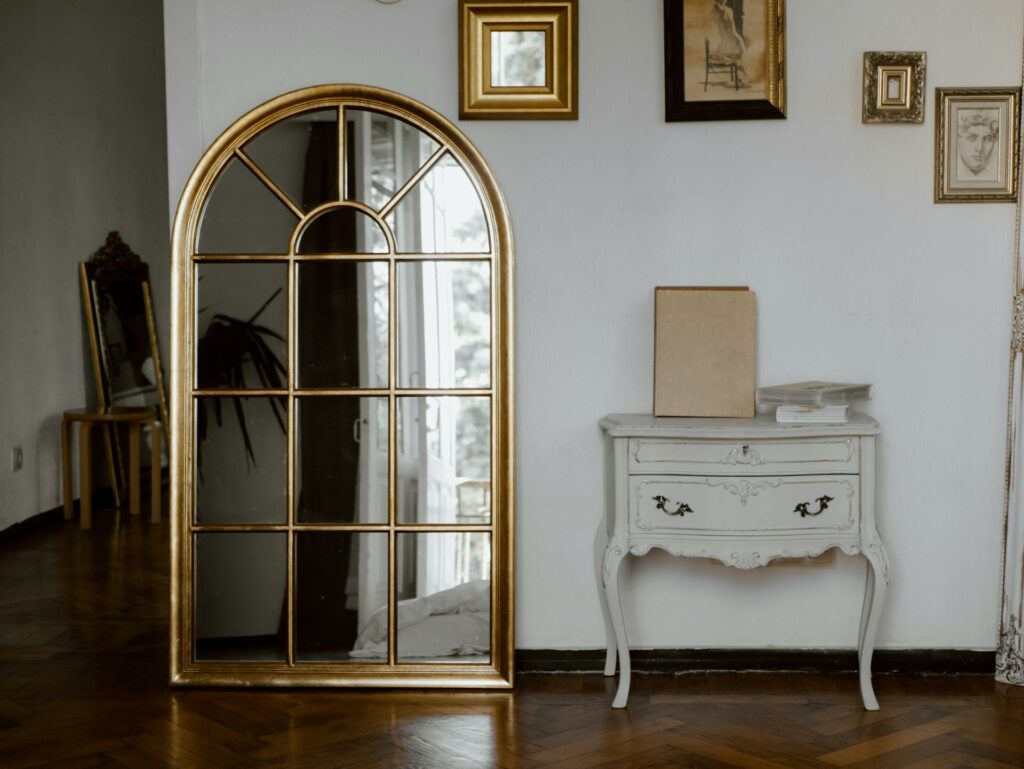



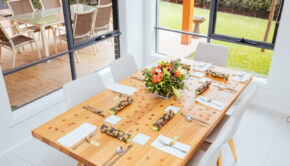




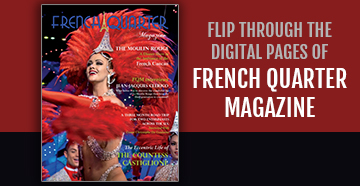





Fantastic read! This article does an excellent job of breaking down what smart homes are and how they’re transforming modern…